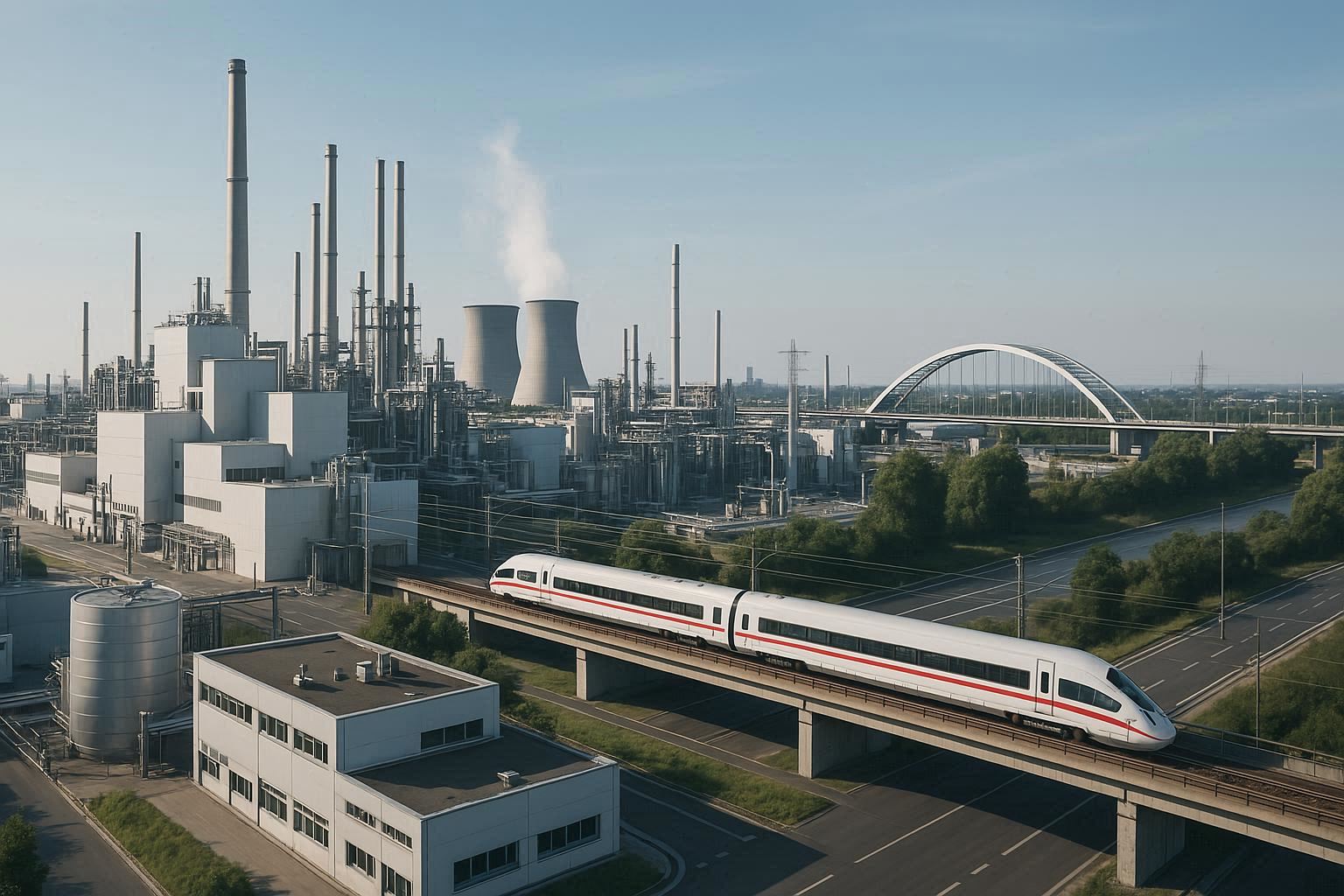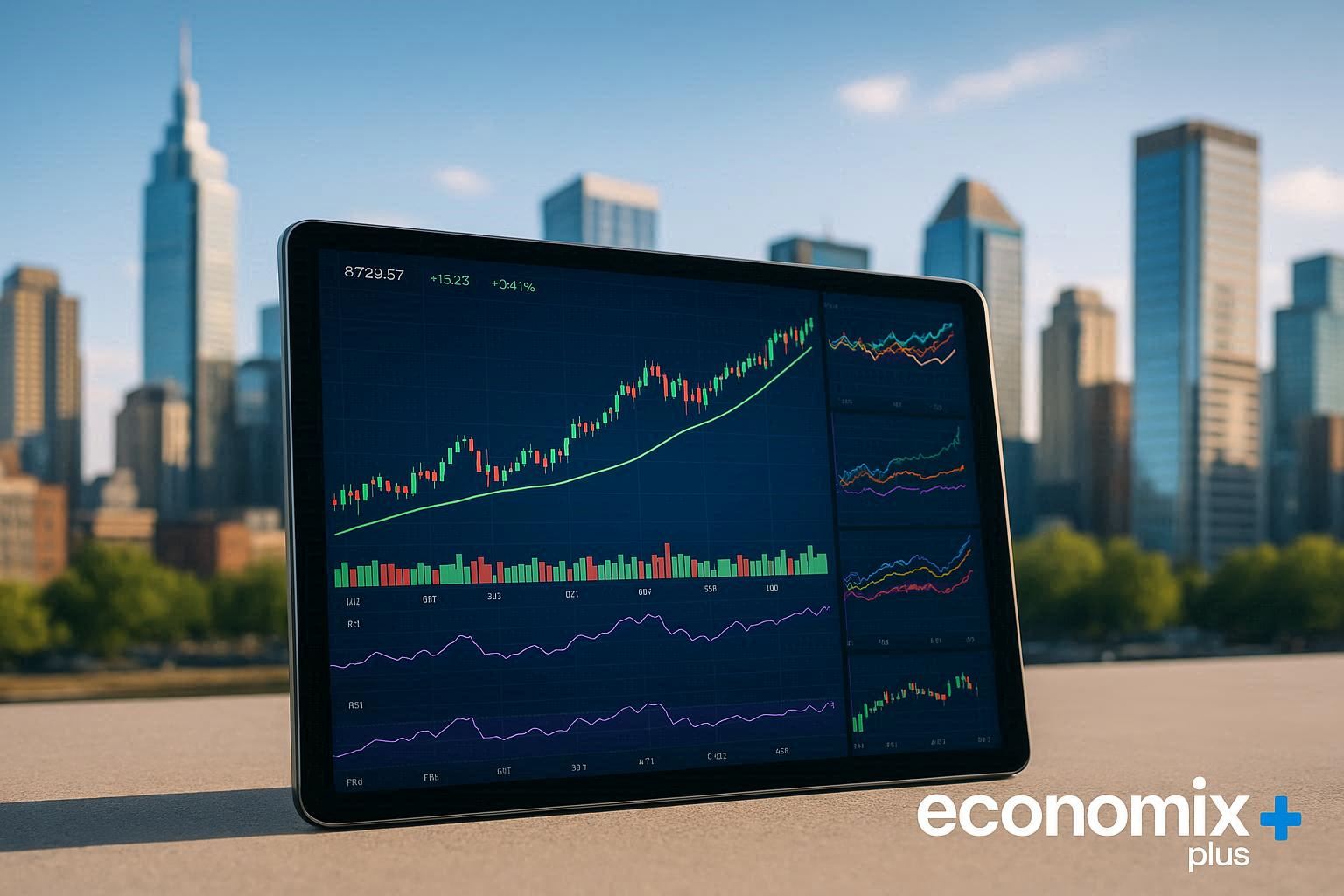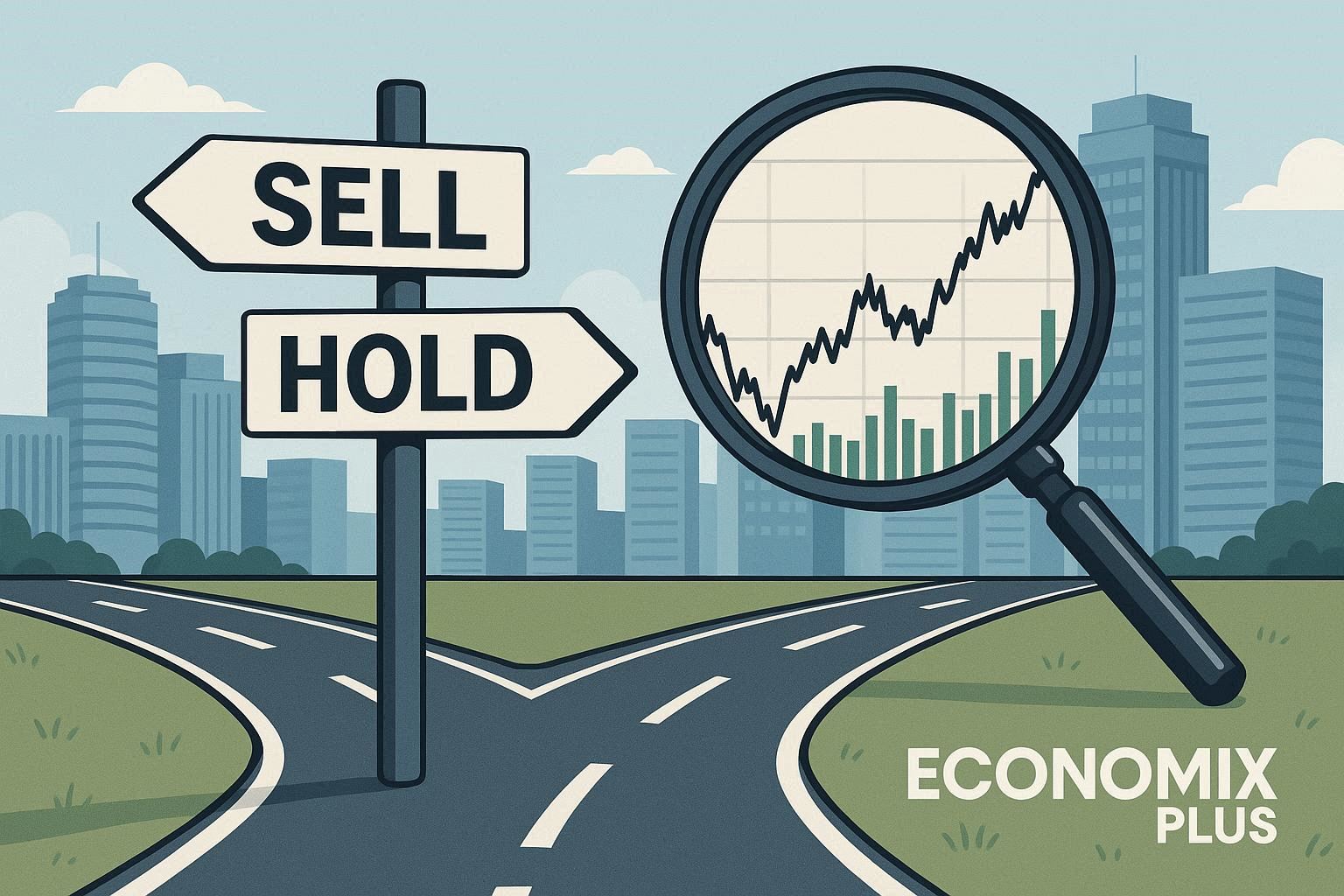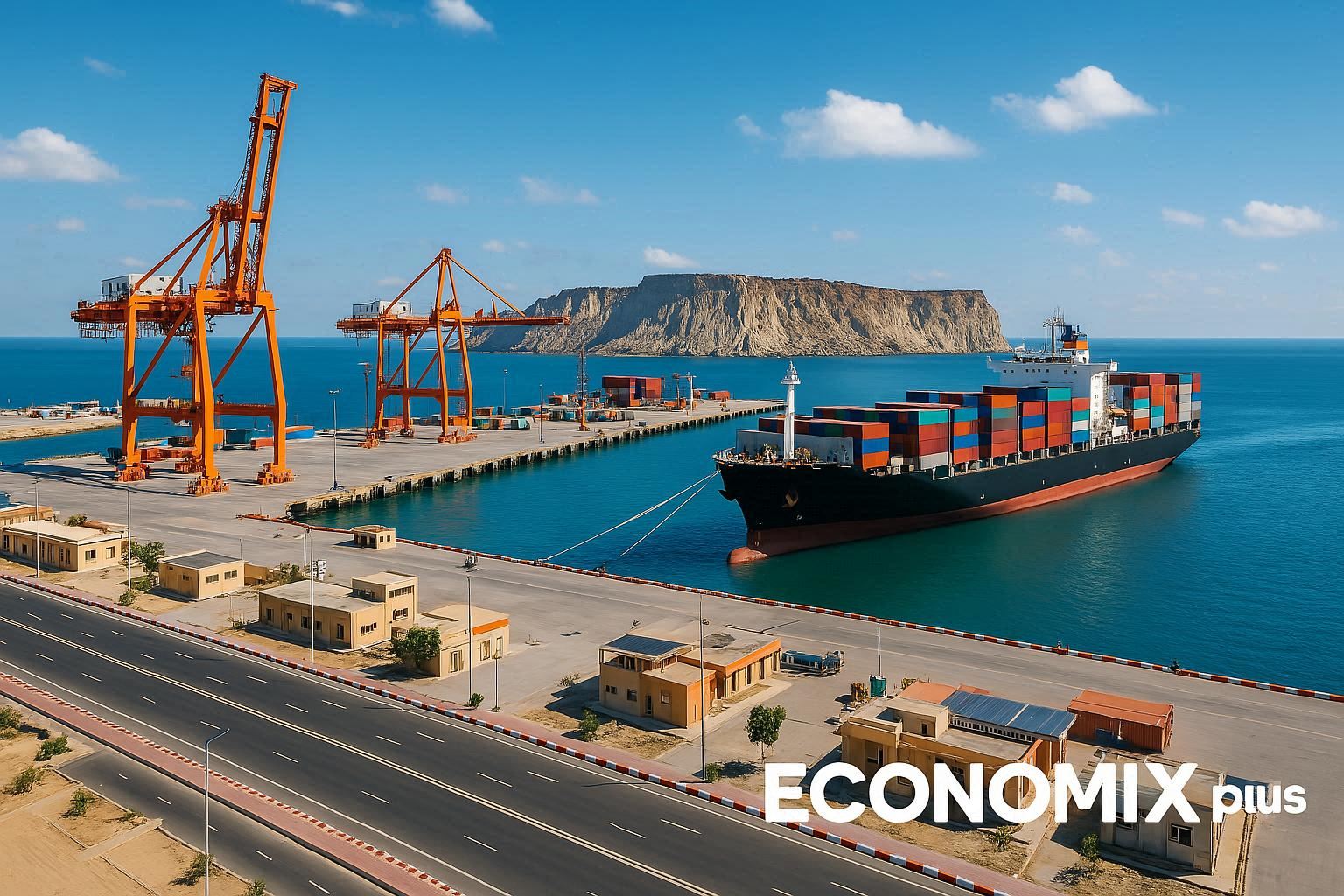While many assume developed nations lead global progress, emerging economies are rewriting the rules. By 2025, these regions could drive 70% of worldwide GDP growth, according to the IMF. From solar farms in Kenya to tech hubs in India, innovation is reshaping opportunities.
Asia and Africa now host over 1.2 billion middle-class consumers, creating thriving markets for businesses. Renewable energy investments, like Africa’s $11 billion solar projects, highlight sustainable strategies. Meanwhile, Vietnam’s manufacturing boom and Brazil’s agricultural exports prove diversification fuels success.
Smartphone adoption and digital transformation further accelerate change in emerging markets. With 500% solar capacity growth in some regions and tech sectors contributing 8% to India’s GDP, the potential for companies to thrive is undeniable. The question isn’t if these markets will rise—but how quickly they will adapt to new trends and infrastructure demands.
Key Takeaways
- Emerging economies may contribute 70% of global GDP growth by 2025.
- Renewable energy investments in Africa reached $11 billion in 2022.
- Asia’s middle class could expand to 1.2 billion consumers by 2030.
- India’s tech sector now makes up 8% of its national GDP.
- Vietnam attracted $23.9 billion in foreign investments in 2022.
The Rise of Emerging Markets
The global economic landscape is shifting, with developing nations taking center stage. These emerging markets, once seen as secondary players, now drive innovation and demand for infrastructure and investment.
By 2025, they could account for 70% of worldwide GDP growth, outpacing advanced economies and contributing significantly to economic growth.

Defining Emerging Markets and Their Global Impact
Emerging markets are nations with rapid industrialization and rising GDP. The IMF notes they grow at 4.3% annually, double the rate of developed economies.
For instance, Vietnam’s manufacturing boom, fueled by $23.9B in foreign investments, exemplifies this momentum and the significant development within these markets.
India’s digital transformation adds another layer. With 500M new internet users by 2025, its tech sector contributes 8% to GDP. Meanwhile, Brazil’s agricultural upgrades support $6.7T in consumer spending.
Why Emerging Markets Matter for Economic Growth
Three factors make these regions indispensable:
- Demographic dividends: Africa’s youth (60% under 25) fuels labor and innovation.
- Consumer expansion: The global middle class will hit 4.9B by 2030.
- Localized strategies: Unilever gained 20% market share by adapting products.
These trends aren’t temporary—they’re rewriting the rules of the global economy.
Technology and Digital Innovation: A Catalyst for Change
Mobile-first strategies are unlocking unprecedented opportunities globally. In emerging markets, fintech and e-commerce bridge gaps traditional banking and retail can’t. From Kenya’s M-Pesa to India’s UPI, digital tools empower millions.
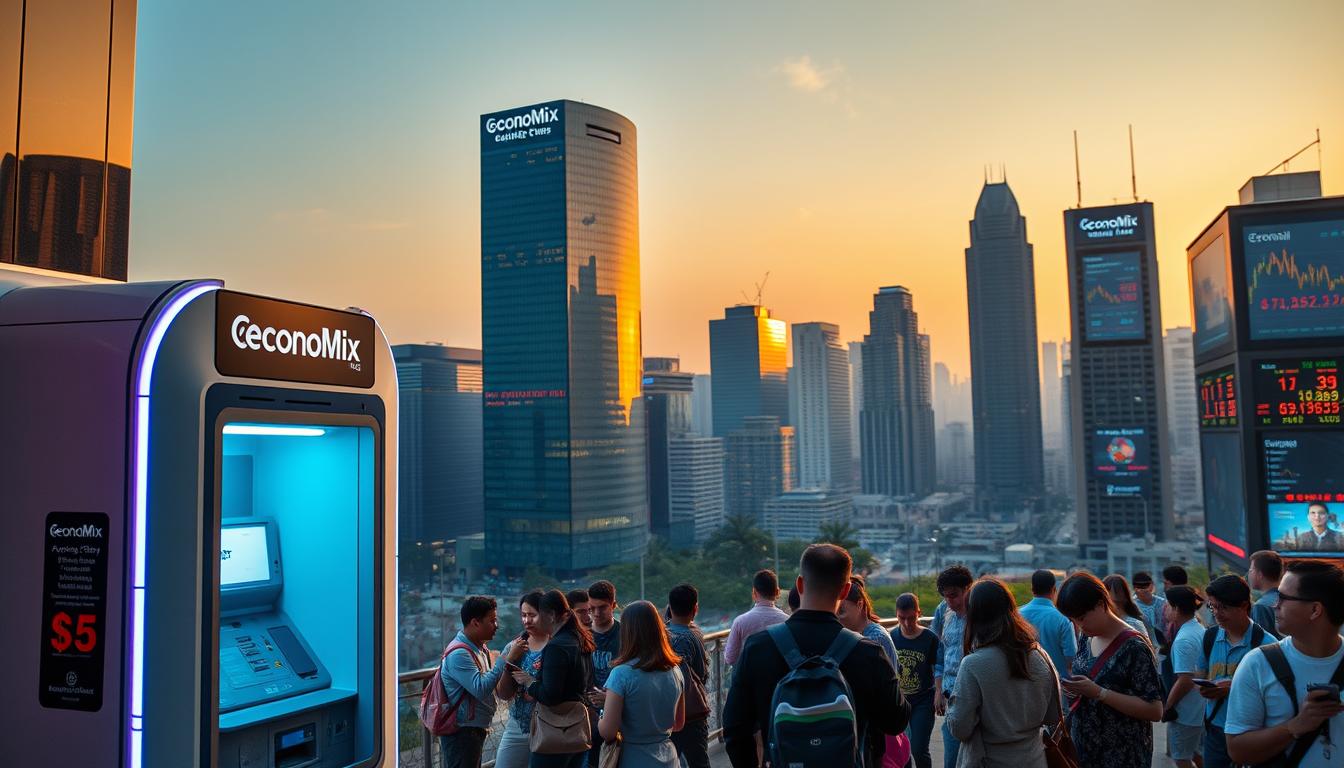
The Boom of Fintech and Mobile Payments
M-Pesa serves 50 million users in Africa, processing $29 billion annually. It’s a lifeline for the unbanked, proving innovation thrives where needs are greatest.
India’s UPI system mirrors this success, handling 8 billion monthly transactions, showcasing how emerging markets can drive economic growth despite challenges.
Latin America’s Nubank shows similar momentum. With 80 million customers, it’s the world’s largest digital bank. “Neobanks redefine access,” says a McKinsey analyst. “They scale where brick-and-mortar banks can’t.”
E-Commerce Expansion and Consumer Adoption
Africa’s online retail sector could hit $75 billion by 2025. Jumia, its Amazon equivalent, operates in 11 countries. Meanwhile, Shein dominates fast fashion by leveraging Chinese supply chains for global demand.
Smartphone adoption fuels this growth. Xiaomi holds 26% of India’s market, while Africa expects 1.2 billion users by 2025. Gojek’s super app—mixing rides, payments, and food delivery—shows how bundled services win in Southeast Asia.
Regulatory sandboxes in Malaysia and Singapore accelerate growth through innovative technologies and a strategic approach. By testing ideas safely, they turn risks into scalable strategies that drive economic growth and development over the years.
Renewable Energy: Powering Sustainable Development
Clean energy solutions are transforming how nations meet rising demand while cutting emissions. Emerging economies now lead in solar and wind adoption, proving sustainability and growth go hand in hand. By 2030, renewables could create 24 million jobs worldwide.
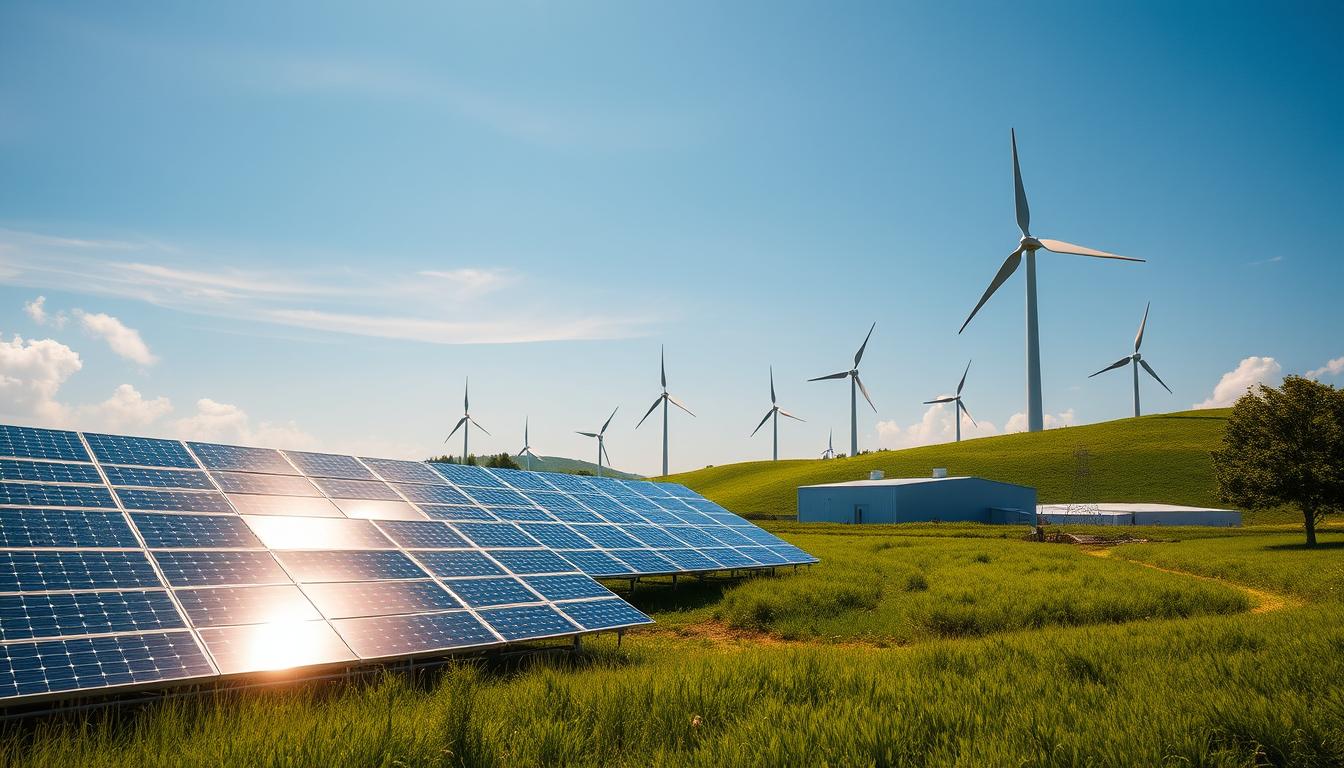
Solar and Wind Energy Investments
India’s solar capacity jumped from 3GW to 50GW in just nine years. Mega-projects in Gujarat and Rajasthan attracted $14 billion, showing how policy shifts spark investment. China produces 70% of global solar panels, fueling this expansion.
Wind power also gains traction as technology advances. Brazil generates 11% of its electricity from wind farms, while Vietnam added 9GW of solar in two years, showcasing trends in renewable energy investment.
Africa’s mix varies—Morocco’s Noor Complex harnesses sunlight, while Kenya taps geothermal technologies.
Government Policies Driving Green Growth
Vietnam’s feed-in tariffs and Indonesia’s $20B energy deal prove incentives work. Brazil’s ethanol program cut gasoline use by 40%, blending agriculture with energy needs. Yet challenges remain, like Mexico’s public-private sector balancing act.
IRENA predicts $1 trillion in renewable investments for these markets by 2025. As economic resilience studies show, green infrastructure offers stability during global shifts.
Manufacturing and Industrialization: Building Economic Foundations
Factories hum with activity across Southeast Asia as manufacturing reshapes global supply chains. Nations once reliant on agriculture now compete in electronics, textiles, and autos. This shift fuels growth, with ASEAN’s manufacturing GDP expanding 5.8% annually through 2025.

Export-Led Growth Strategies
Vietnam’s success stems from foreign direct investment (FDI) in emerging markets. Samsung employs 160,000 locals, helping electronics exports hit $114B in 2022.
Meanwhile, Mexico’s maquiladora model—factories importing duty-free materials—boosted auto exports to $142B under USMCA, reflecting significant economic growth in the region.
Bangladesh shows another path. Garment exports earn $46B yearly, leveraging low-cost labor. “Apparel businesses thrive here due to wage competitiveness,” notes a Dhaka trade analyst. Key differences:
| Country | Strategy | Export Focus | Revenue (2022) |
|---|---|---|---|
| Vietnam | FDI-driven | Electronics | $114B |
| Mexico | Maquiladoras | Automobiles | $142B |
| Bangladesh | Labor-intensive | Textiles | $46B |
Case Studies: Vietnam and India’s Manufacturing Surge
Vietnam’s Ho Chi Minh City hosts 3,000 factories, attracting giants like Intel. India’s Production-Linked Incentive (PLI) scheme spurred smartphone output—from 60M to 300M units yearly, showcasing the growth opportunities in emerging markets.
“India’s scale and skilled workforce are unmatched,” says a Foxconn executive, highlighting the landscape of technology-driven businesses.
“Emerging markets combine cost efficiency with rising technical expertise, making them indispensable for global supply chains.”
Indonesia’s nickel dominance for EV batteries and Ethiopia’s textile parks prove diversification works. Tesla’s potential Asian expansion underscores this potential—where infrastructure meets opportunities.
Conclusion: The Future of Key Industries in Emerging Markets
Demographic shifts and tech adoption are rewriting economic rules across continents. Africa’s population will hit 1.7 billion by 2030, creating massive opportunities in consumer markets. Meanwhile, India’s $50B green hydrogen plan shows how climate tech bridges sustainability and growth.
Challenges like Mexico’s auto trade risks under USMCA remind us that policies matter. Yet emerging markets adapt fast—Indonesia’s $150B digital economy now leverages AI for leapfrog advancements.
Three trends will shape success:
- Workforce upskilling for smart factories
- Hybrid models blending global and local expertise
- ESG integration in investment strategies
The future belongs to regions that turn demographic energy into scalable innovation.
FAQ
▶
▶
▶
▶
▶
▶

